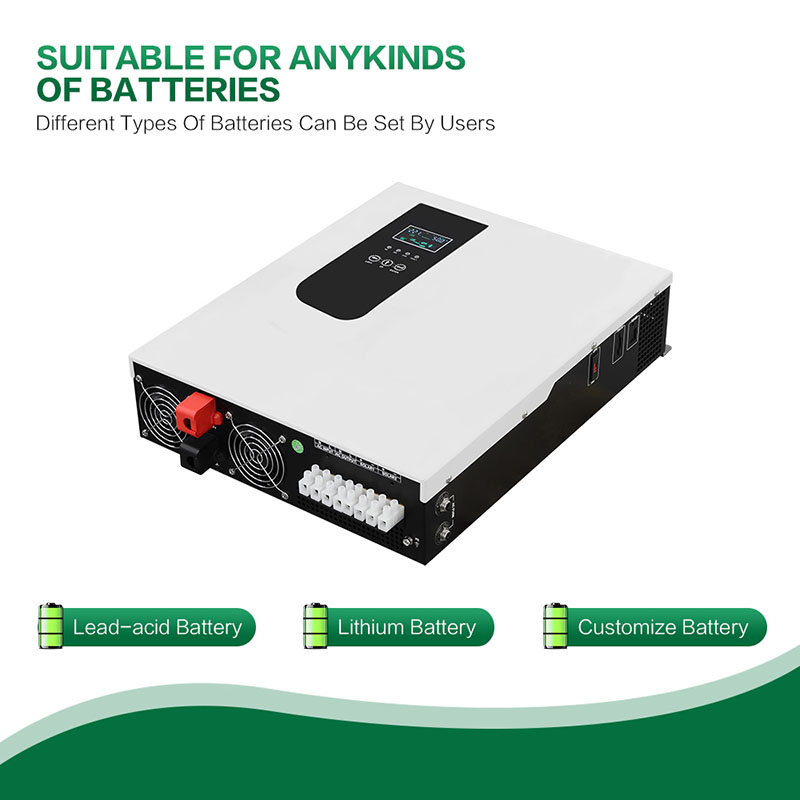Selection skills of photovoltaic high-frequency inverters
 Jul 19,2022
Jul 19,2022

 Rekesun
Rekesun
1. Confirm that your photovoltaic power station is suitable for installing high-frequency inverters with high power
Generally, the installation capacity of a power station is calculated based on the area of land or roof used. In the calculation, the inclination angle, bracket installation method, etc. should be considered, and the principle of avoiding shadows as much as possible is the principle.
2. Investigate how many MPPT and several inputs the high-frequency inverter protects
The number of reverser MPPT channels determines the power generation of a photovoltaic power station to a large extent, and the number of reverser input channels often determines whether a photovoltaic power station is easier to carry out panel design and save cables and other auxiliary materials.

3. Power generation capacity of high frequency inverter
The power generation capacity of the high-frequency inverter is related to the heat dissipation, component performance, and failure rate of the high-frequency inverter. The parameters mainly depend on the efficiency and voltage range. If it is low, the high-frequency inverter will start earlier and shut down later. The higher the upper limit of the operating voltage range, the stronger the high-frequency inverter can withstand during peak power generation, and it is not easy to derate or even shut down when the light is stronger. , the operation is more stable.
4. Protection issues
Generally, the basic protection functions of grid-connected high-frequency inverters are: input overvoltage and undervoltage protection, input overcurrent protection, short circuit protection, overheat protection, and lightning protection. The grid-connected protection includes: output overvoltage protection, output overcurrent protection, overfrequency, underfrequency protection and anti-islanding protection.
5. Cooling solutions
At present, there are three common cooling methods in the industry: forced air cooling, natural cooling, and water cooling. Among them, the water cooling method is mainly used in large-scale centralized high-frequency inverters. From the perspective of high-frequency inverters, single-phase high-frequency inverters for households have lower power levels and less heat dissipation. They are currently used in households.

6. Overmatching ability
The over-provisioning capability of high-frequency inverters is generally related to the number of input channels of the machine and the maximum DC input power that can be borne. At present, regular brand high-frequency inverters will reserve some over-provisioning margins in the design, which is generally 1.1 times. about.
7. After-sales service capability
At present, the domestic high-frequency inverter industry generally adopts a 5-year warranty, and some poverty alleviation projects will also put forward a 6-year or 8-year warranty requirement. The second thing to pay attention to is the response speed of the high-frequency inverter supplier's after-sales service. Whether the high-frequency inverter can quickly resume power generation after a fault is a major issue that is directly related to the power generation capacity of photovoltaic power plants.



 Home
Home What is the structure of a photovoltaic inverter? How long is the service life of a photovoltaic inverter?
What is the structure of a photovoltaic inverter? How long is the service life of a photovoltaic inverter? 







 syplighting.en.alibaba.com
syplighting.en.alibaba.com



